
Explore Toronto: the surprising food, nature and art of Canada’s largest city
It lacks the obvious appeal of some other cities, but beneath the surface is a place that’s constantly being reshaped by immigration, with all the cultural and culinary riches that brings, and where nature is ever-present
Canada’s largest city is not an easy place to define. “Toronto does not make any sense,” says Rossana Tudo, an urban planning consultant who was born and raised in the city’s west end. Her husband, illustrator TJ Garcia, nods in agreement. “Toronto does not have a ‘thing,’” he says.
A great Canadian countryside getaway near Toronto – with a spa, too
Other cities have an identity, a narrative, that was forged through a mix of civic consensus and outside observation. When someone visits New York, Tokyo, London or Paris, they know what they’re getting into. Toronto is more inscrutable. And that is what makes it worth exploring.
The city is packed with narrow brick houses, home to families of Portuguese, Polish, Chinese, Jamaican – and many other – origins. The main commercial strip along Bloor Street is a hodgepodge of Ethiopian restaurants, family-run grocery stores and stylish bars like Burdock, where customers sip barrel-aged sour beers on a patio lit by fairy lights.
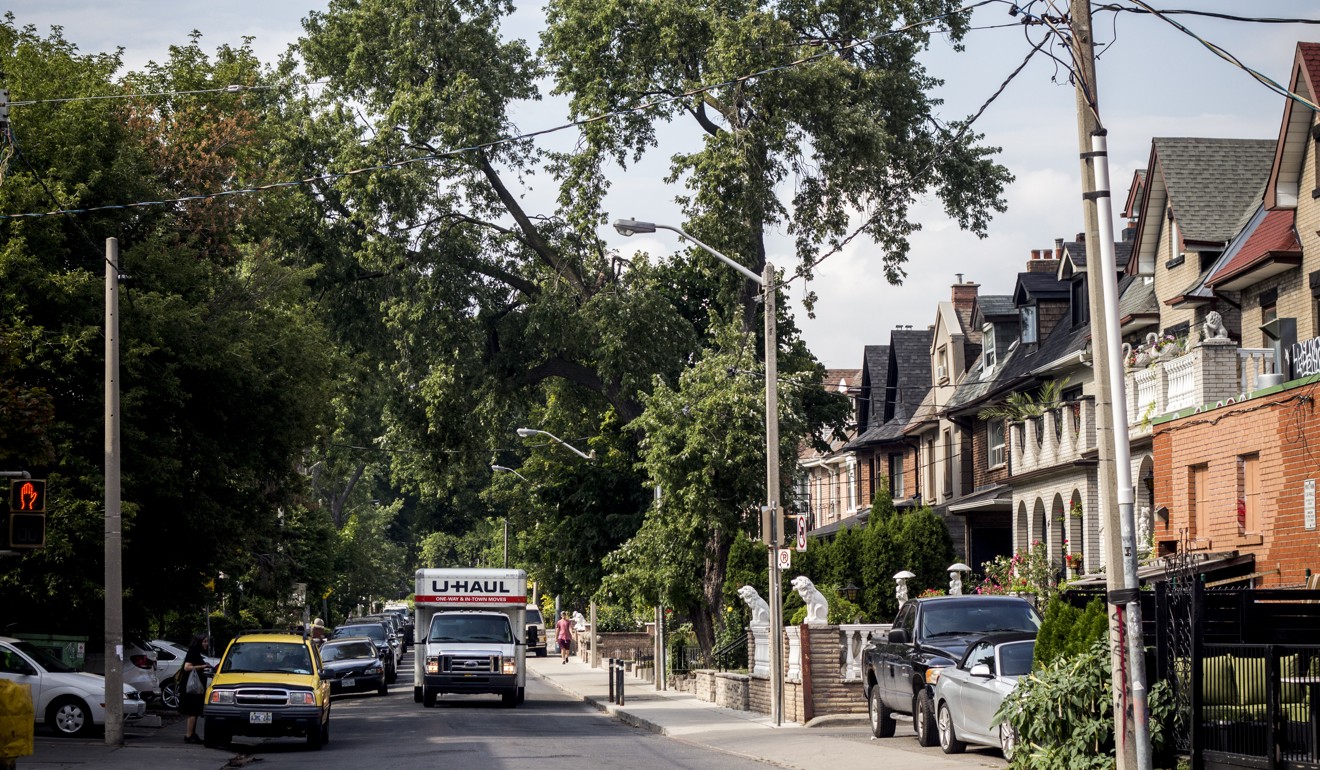
“Toronto started off as a modest place,” says Tudo. “There was no ambition to create a great city. We became a metropolis by accident.”
I can see salmon jumping a 10-minute bike ride from my house
Founded in 1793 as York, the capital of the new British colony of Upper Canada, Toronto took on its current name in 1834 to distinguish itself from New York. It eventually became a hard-working industrial and commercial city that made good use of its location on Lake Ontario.
But even as it prospered, it was defined by a stuffy Protestant culture that contrasted with the more freewheeling, polyglot mix of Canada’s largest city at the time, Montreal.
That began to change when Canada liberalised its immigration laws in the 1960s and Toronto attracted growing numbers of people from Asia and the Caribbean. Meanwhile, its economy prospered as the threat of possible independence for the Canadian province of Quebec pushed many of Canada’s biggest companies from Montreal to Toronto in the late 1970s.
Today, the Greater Toronto Area is home to just over six million people. A building boom has reshaped the city, with hundreds of flashy flat towers rising next to the humble brick houses that define most neighbourhoods. The result is a distinctively jumbled cityscape, where it isn’t unusual to find a 50-storey tower next to a strip mall.

Nearly 100,000 people move to the Toronto area every year, according to Census data, and most of them are from abroad. Its Southeast Asian, Chinese and Caribbean communities are particularly large and influential, but there are Torontonians from just about every ethnicity. “As new ideas and influences come into the city, there’s no resistance,” says Tudo.
Compared to cities with a Long-standing identity, Toronto feels open to new possibilities. If you walk along Queen Street West, an eclectic downtown shopping strip, you might come across Grandmama’s Waffles, where owner Rhuland Proudfoot sells pandan, black sesame and ube-flavoured waffles from the front window of a mobile phone repair shop.
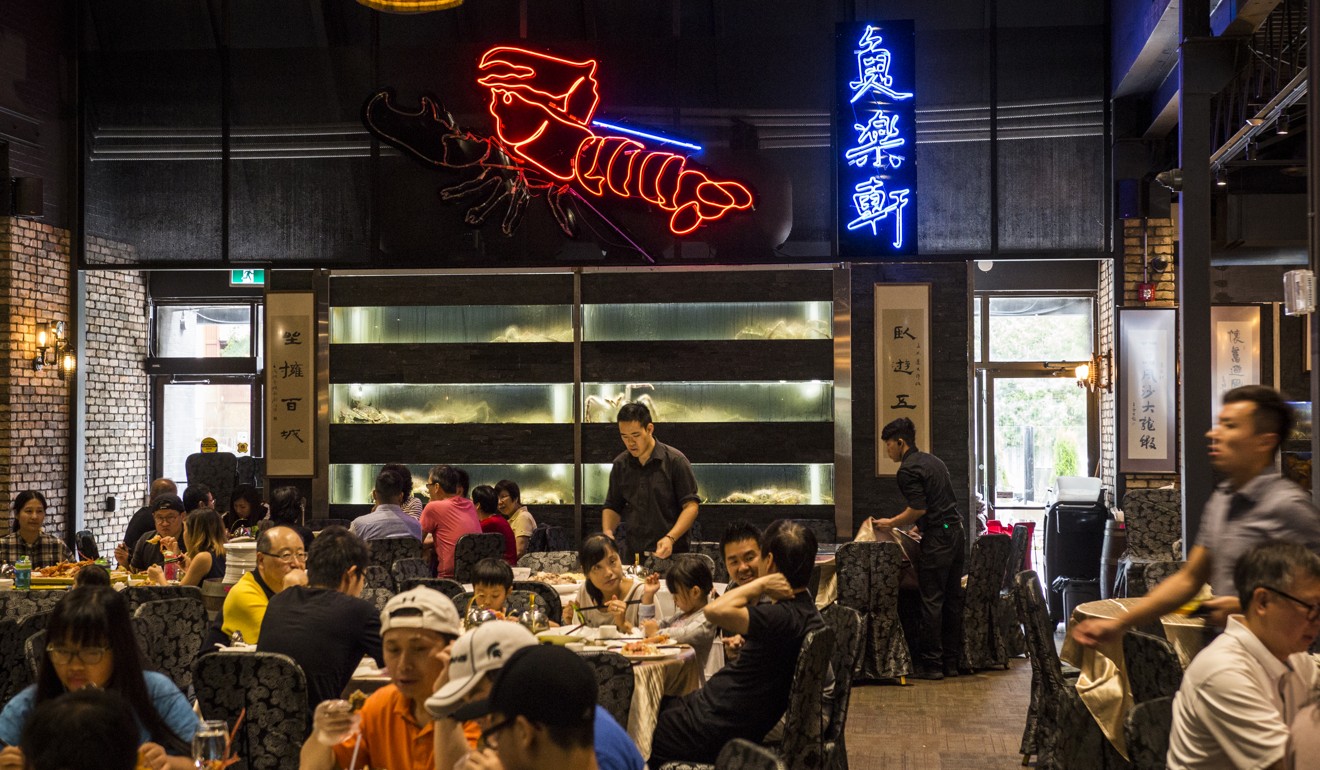
He moved to Toronto seven years ago from Montreal and has not looked back. When asked what he likes about the city, he shrugs: “People here are into basketball and hip hop, and so am I.”
Here, everyone can find their niche. Want to escape into nature? Take a ferry to Centre Island, where you can have a bonfire in full view of the city’s glittering skyline. Or better yet, explore Toronto’s vast, yet overlooked ravine system. The lush greenery and meandering streams add drama to a landscape that, on the surface, appears flat and uninteresting.
It was one of the biggest surprises for Jiajia Yi, who moved from Amsterdam to Toronto last year. “I can see salmon jumping a 10-minute bike ride from my house,” she says.
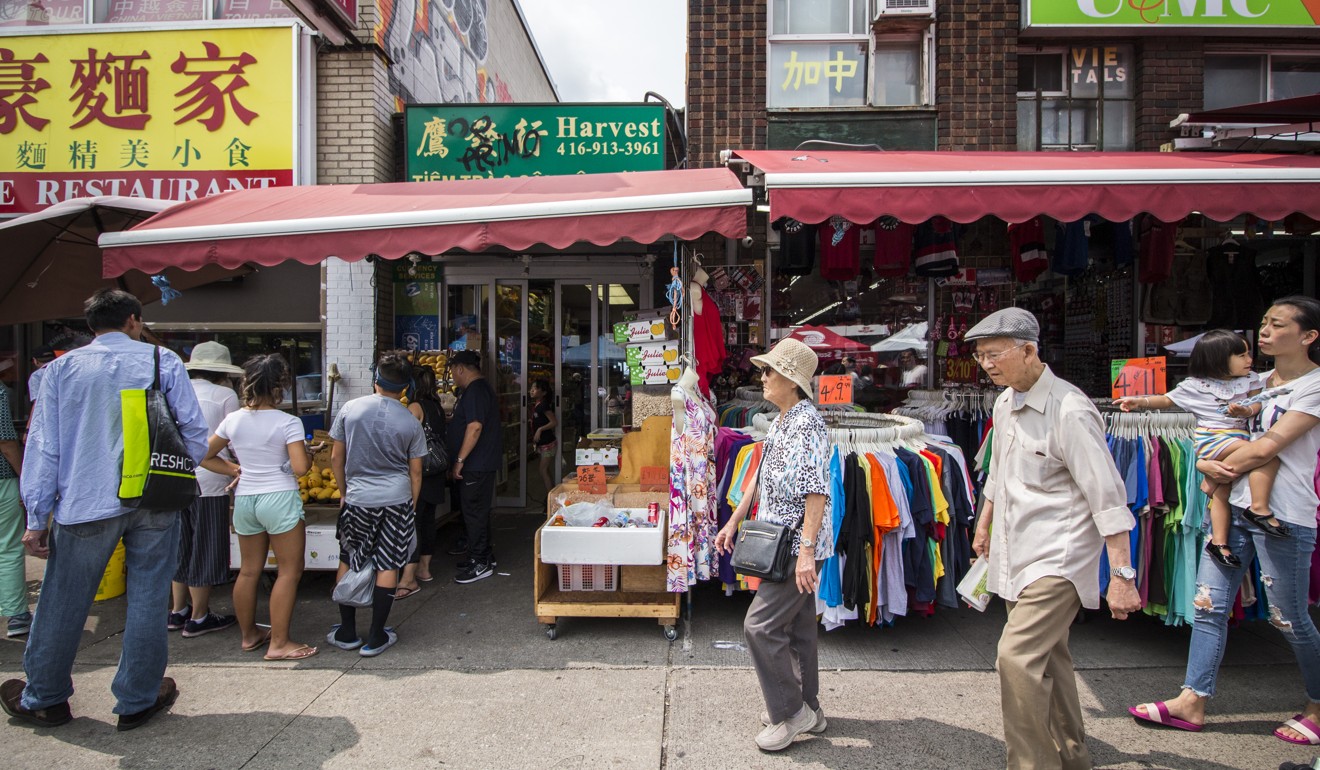
You’ll find more than salmon in the ravines. The Evergreen Brick Works is a former quarry tucked into the scenic Don River Valley that now plays host to farmers’ markets, exhibitions, music and family-friendly activities.
A little further down the valley is a mix of art installations, including A Park For All by Hong Kong-born Will Kwan, who has covered old industrial walls with text relating to the nature of “public space”.
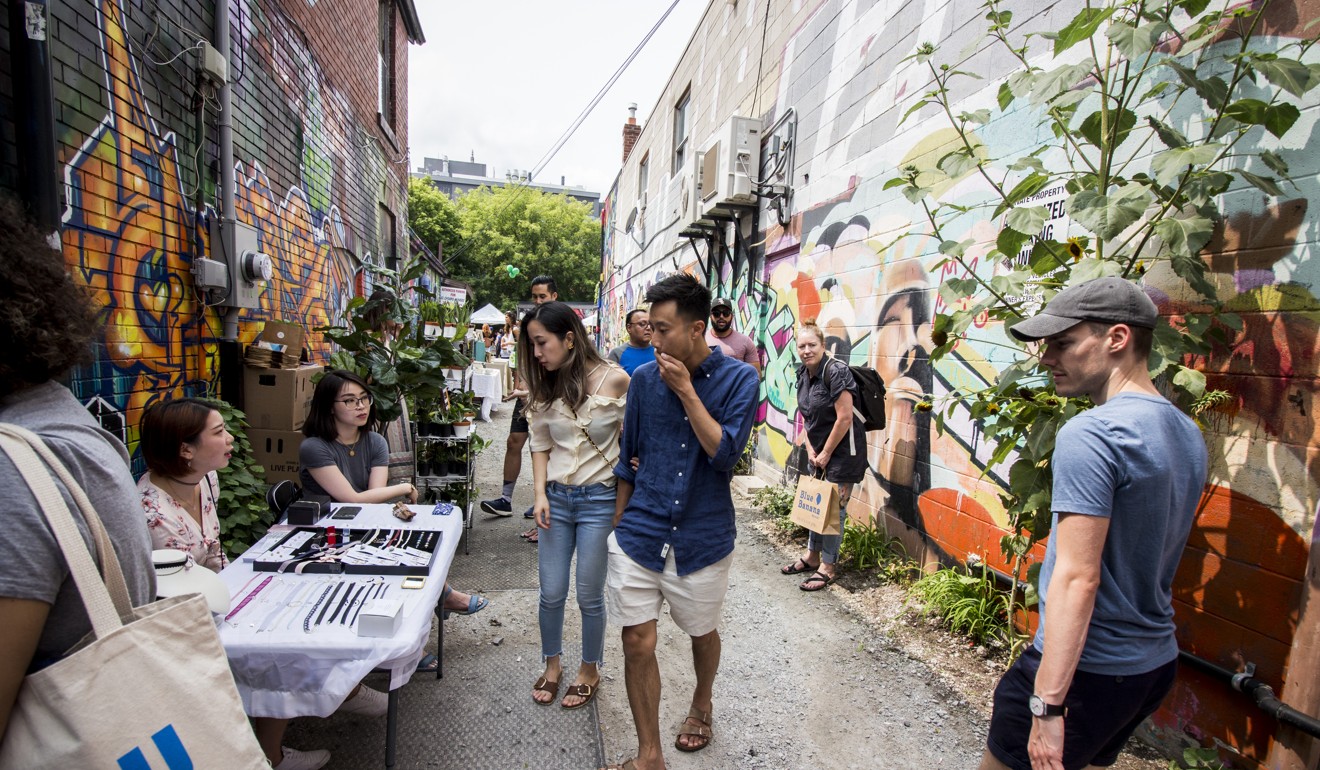
Things get even more fun in the suburbs. These sprawling, aesthetically unremarkable neighbourhoods are where most of Toronto’s immigrants end up. Though you can hire a car to explore them on your own, it helps to have a guide like Suresh Doss.
He is a man you should meet on an empty stomach. For nearly 15 years, the fast-talking, baby-faced food journalist has made it his mission to find the best hidden food across Toronto. There’s a lot of it: Vietnamese crab soup, fresh mochi, Persian baked rice, dim sum that rivals the best of Hong Kong. Many of the best dishes are to be found in unassuming strip malls.
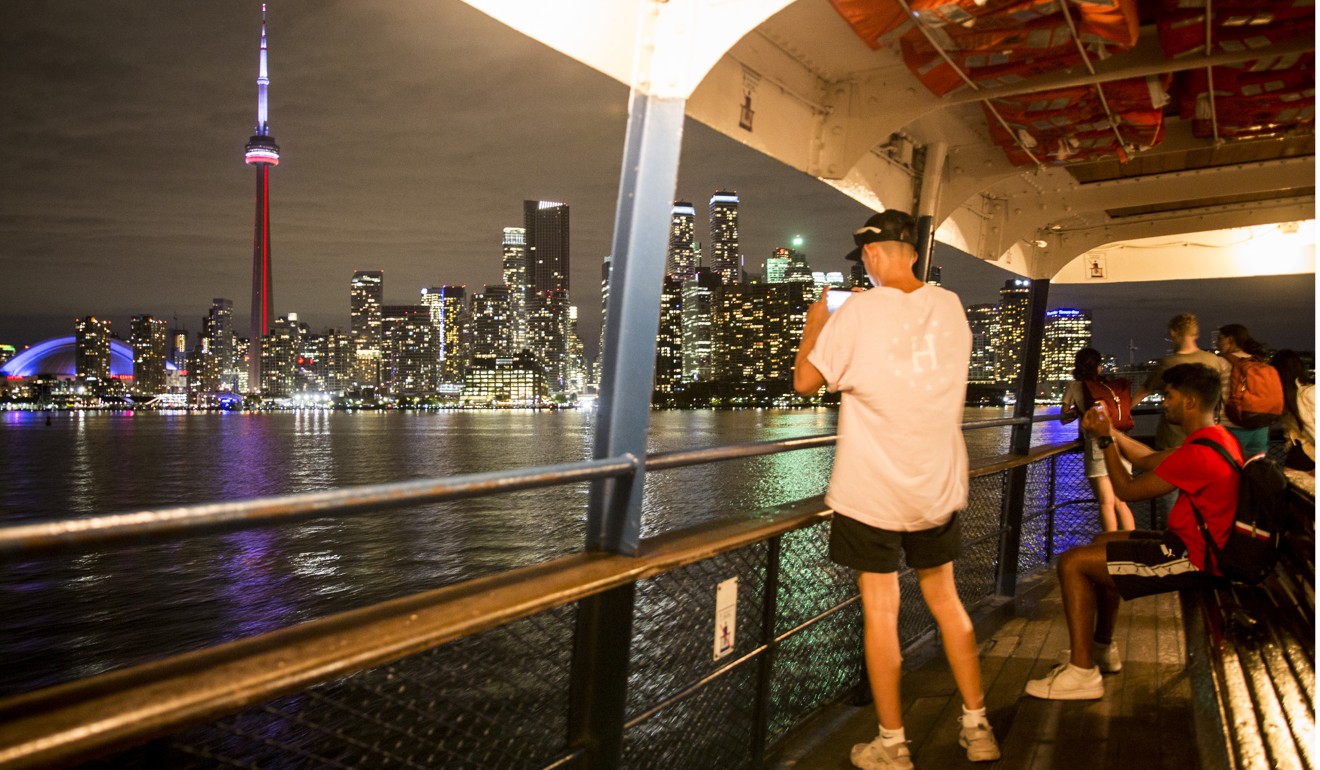
Doss shares some of his discoveries with the listeners of CBC Radio, Canada’s national public broadcaster, but others he keeps saved for private food tours. That is why, on a recent Friday morning, he is driving an out-of-town visitor to Scarborough, the vast suburb where he grew up after his family moved to Toronto from Sri Lanka in the 1980s.
“Food was always in the background. My mum is a well-known cook in our community, and eating with my friends in high school opened up more doors,” he says. “Sushi on Mondays, laksa on Tuesdays, injera and tibs on Wednesdays.”

Cutting across Eglinton Road, Doss pulls into the car park of Al Premium. It looks like a typical big-box supermarket, but the illusion of being in a bland suburban chain store disappears as soon as you step through the doors.
There’s an aisle dedicated to South Asian snacks, another one to Caribbean treats. The scent of fresh jackfruit wafts through the store, at least until you reach the fishmonger in the back, where whole grass carp sit on ice and lobster clamber inside a tank.
At the in-store cafeteria, a variety of hot dishes await the lunch rush. Dim sum sits next to Filipino halo-halo which is next to Sri Lankan black pork curry.
The good, bad and ugly sides to visiting Vancouver
Back in the car, Doss pulls into a shabby two-storey commercial plaza on Eglinton. “This is the longest strip mall in the city,” he says. While downtown streets are increasingly filled with chain stores and upscale bars, restaurants and cafes, this half-kilometre strip is lined by Sri Lankan grocery stores, snack bars and gold shops.

Doss has dozens of destinations up his sleeve, some of which he reserves only for the smallest of tour groups because they could not handle the popularity of becoming famous on social media.
Aunt Elsie’s Caribbean Kitchen can handle the crowds. Sandwiched between a South Asian fashion boutique and a shop selling legal robes, this takeaway counter and grocery store has been run by the Chinese-Jamaican Williams family since 2000.
A constant stream of customers pass through to buy coconut water, Scotch bonnet peppers or hot dishes of jerk chicken and oxtail stew.
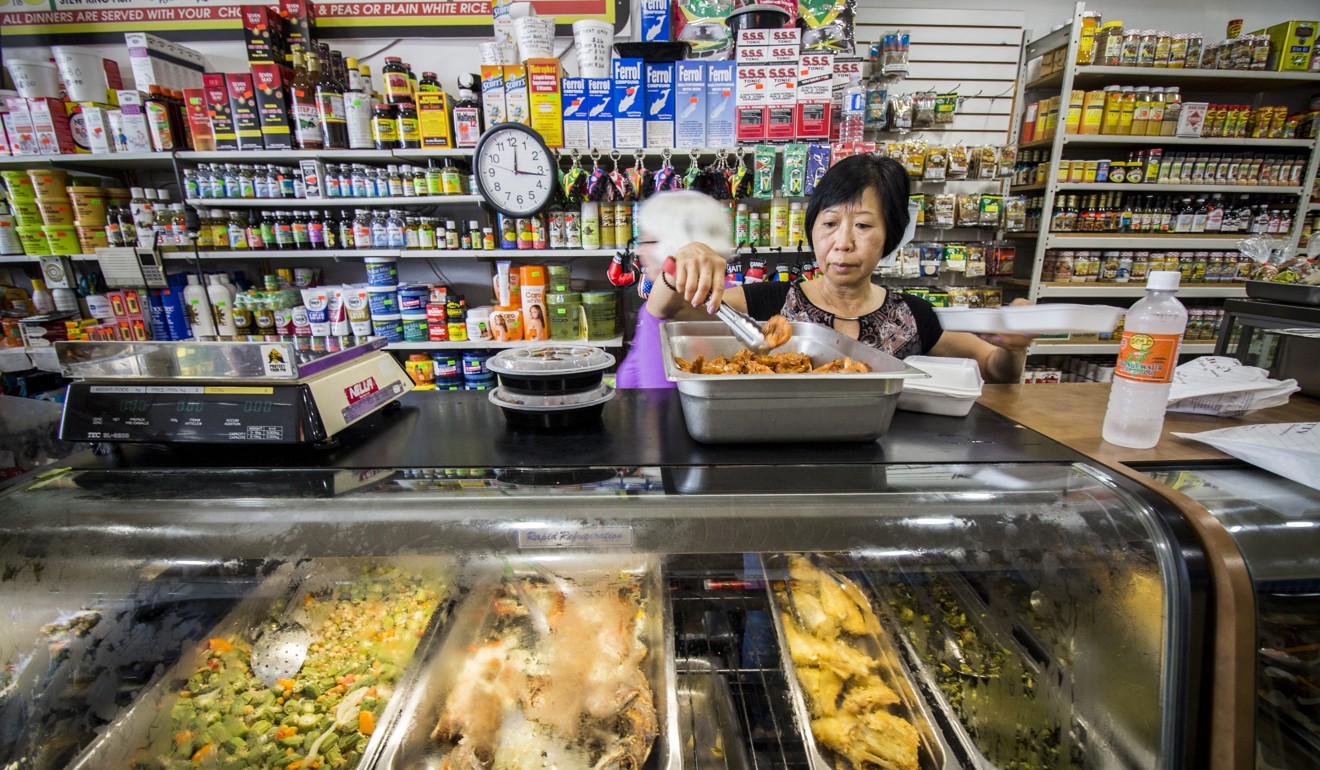
After feasting on stews, fried plantain and rum cake, we pull back onto the wide streets of Scarborough. Nearby is a large and fast growing Filipino community; to the north, one of Canada’s largest clusters of overseas Chinese; and all around, the Caribbean community whose Patois dialect has fed a distinctively Toronto kind of slang that has recently been popularised by hip-hop superstar Drake.
Driving down Lawrence Avenue, Doss passes by a strip of Middle Eastern businesses recently invigorated by the wave of Syrian refugees. “It feels like the entire world has been squished into this one massive blob,” says Doss. At a first glance it’s not pretty, but when you make the effort to explore it, it’s endlessly interesting.
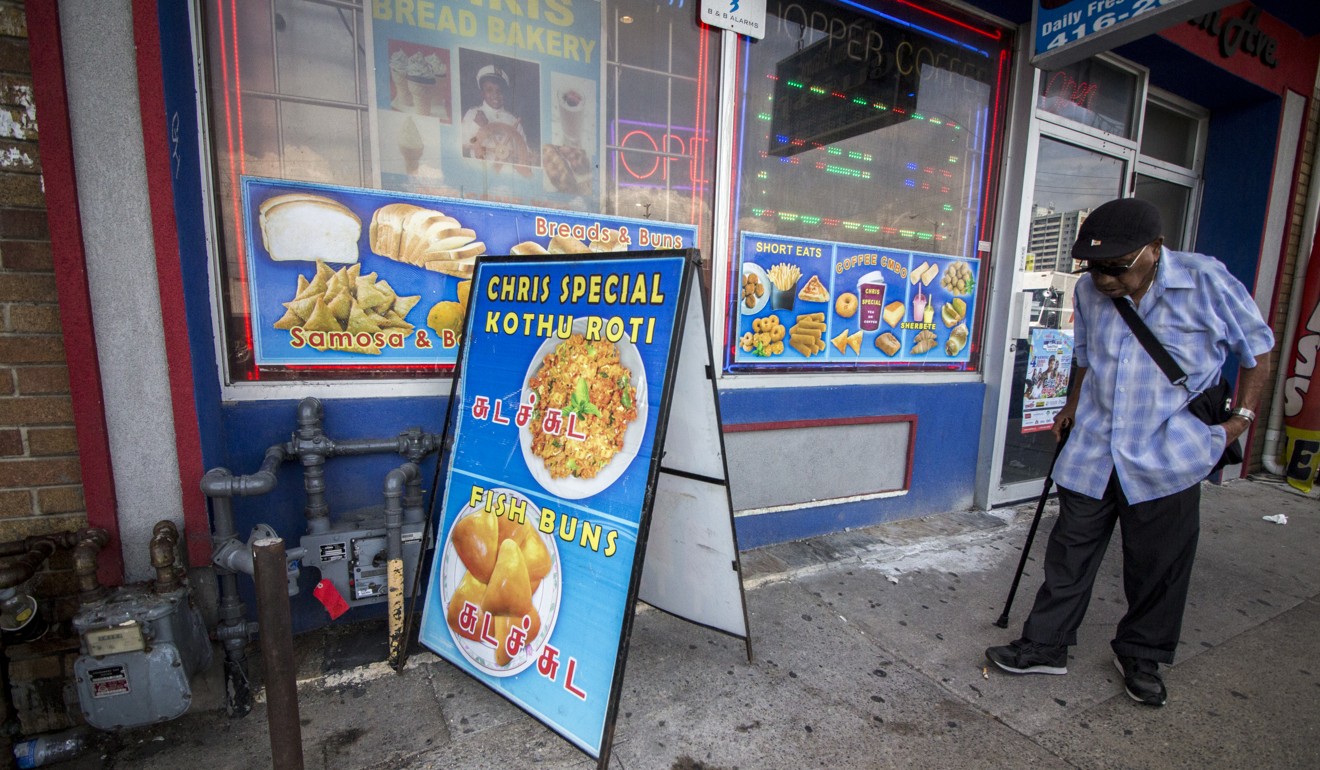
Five hidden gems in Toronto

5. Food tours by Suresh Doss: explore the hidden culinary gems of Toronto’s vast suburbs. sureshdoss.com
Getting there
Toronto Pearson International Airport has extensive connections to cities in the Americas, Europe and Asia, including Hong Kong (flights by Air Canada and Cathay Pacific), Shanghai, Beijing, Incheon, Paris, London, Frankfurt and Amsterdam.

